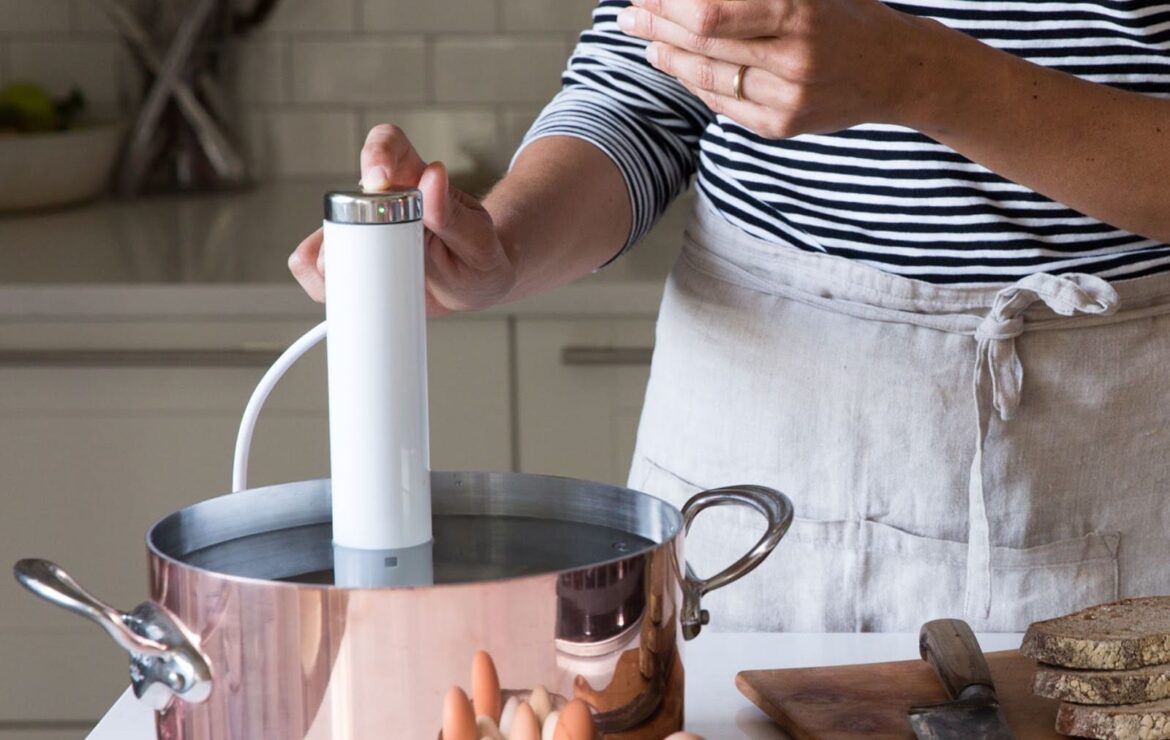1.9K
Sous-vide cooking is an interesting way of cooking for many, but the power consumption should be taken into account. This variant is used to prepare meat, fish or vegetables gently and to the point.
Typical power consumption of a sous vide cooker
By constantly reheating water, the temperature is kept at the same level – for a long time.
- Generally, the power consumption of a sous vide cooker varies greatly with the appliance. This is because the power varies between 500 and 2,000 watts. The greater the power, the higher the current can be, but the faster the water is heated.
- There are sous vide bars that are simply placed in a water bath and then heat the water inside to the appropriate cooking temperature and hold it there. With these – except with a special lid with a recess – the pot is left open at the top, which means that additional heat escapes and has to be reheated. Of course, this also causes more costs. However, these rods are very space-saving and a relatively inexpensive start.
- An alternative, on the other hand, are closed units that work more precisely and where no heat can escape at the top. However, these are of course considerably more expensive to purchase.
- Basically, however, it can be said that sous vide cooking can be more efficient than power-hungry compared to traditional cooking methods. This also depends on the amount and temperature of the water you fill the pot or sous-vide machine with.
- In an example, the costs become clearer. To cook a beef steak with sous-vide, the water bath must have a temperature of 58 degrees Celsius. The steak must float in the water for 2 hours.
- For the cooking time of two hours alone, an average of about 200 watts of power is needed to keep the water at temperature and to circulate it to ensure the same temperature everywhere. Thus, about 400 watt-hours, i.e. 0.4 kilowatt-hours (kWh) are consumed.
- At an electricity price of 37.3 cents/kWh (as of July 2022), this results in costs of just under 15 cents. In addition, there are further costs for the initial heating of the water. For this reason, the water should already be as close as possible to the target temperature when it is filled.
- For frying the steak on an ordinary hotplate, one can probably assume higher costs than 15 cents. Thus, this alternative preparation even offers potential savings if the initial heating of the water does not consume too much energy.

